History of New Balance: from orthopedic insoles to billions of revenue without advertising from the stars
How the world production of sports shoes developed
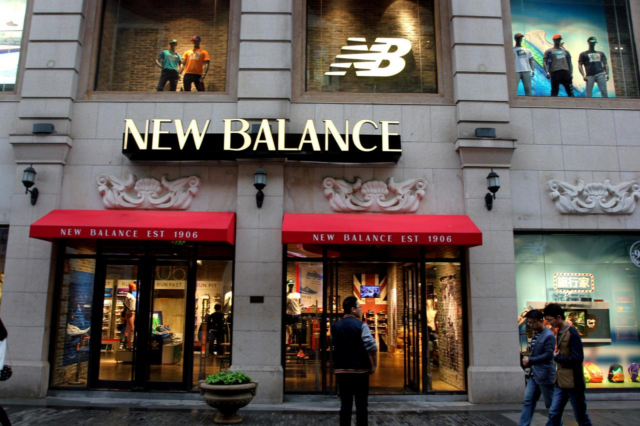
From the structure of the chicken paw to the orthopedic insteps
In the early 20th century, the 33-year-old Englishman William Riley moved to America to start a new life. There were no concrete plans or ideas for creating their own business from a young emigrant. According to the story, Riley spent another day in the courtyard of his house, when he paid attention to the chicken.
His attention was drawn to the way the chicken paws and moves. The bird stood so confidently that Riley noticed - a support for three points gives the chicken an opportunity to keep an absolute balance. The young businessman realized that it could be used. After a while he developed a shoe supporter, which gave support to the calcaneal part of the foot according to the pattern of the structure of the chicken paw.
In 1906 the city of Belmonte (Massachusetts) opened a company New Balance Arch, based on technology developed by William Riley.
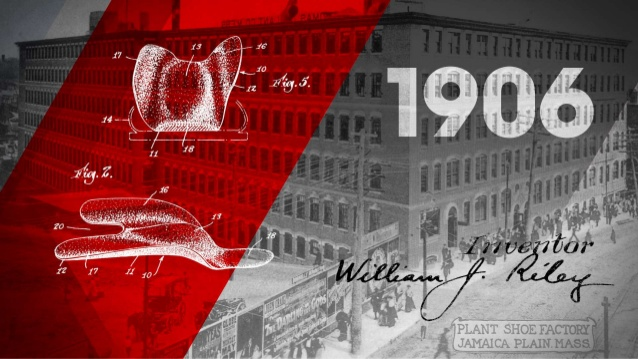
The supinator was sold at the price of a new pair of shoes - $ 3.5. Riley explained that he was not chasing profit. The main thing in his business was quality. Special demand for the goods used by police and firefighters. The brand won an impeccable reputation, although it was known only within the same state. The company took about 70 years to reach the national, and then the world level.
In 1927, Riley hired Arthur Hall, who was responsible for sales in the company. He succeeded in achieving success by offering instep arresters to people who are forced to spend a lot of time on their feet, for example, to waiters or stewardesses. After some time, Hall became business partner of Riley, who in 1956, being the only owner of the company, sold the brand to his daughter and son-in-law.
The first products of New Balance were not sold in stores. Hall itself circumvented potential buyers, personally explaining all the advantages of insteps. This distinguished the company from competitors - a personal attitude to potential customers.
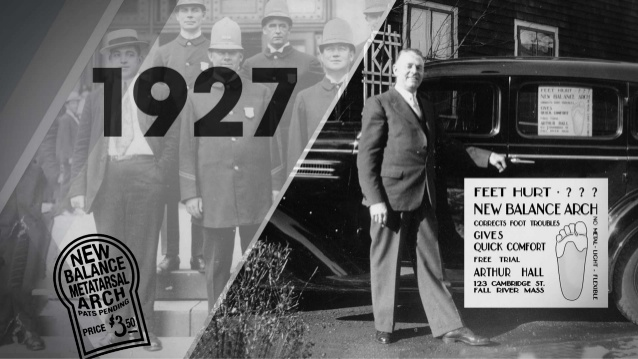
From sports shoes to cross-country running shoes
The turning point in the history of the brand was the emergence of a new sporting trend. The idea of its creation does not belong to businessmen, but to baseball players.
They, having recognized and tested the comfortable orthopedic footwear then produced by the company, appealed to the management with a request to develop a model range for athletes. In the 1930s New Balance Arch launched production of sneakers for baseball players, which further determined the fate of the brand.
In parallel, Riley developed the first running shoes specifically for the local sports club. After testing the novelty, runners for the first time in the early 1940s participated in it in competitions. This did not bring the brand a large-scale success, but the company began to sew shoes to order and for those who were engaged in tennis and boxing.
The company's management did not have ambitions to break into the world leaders, so until the mid-1950s New Balance Arch was comfortably existing in one state, having its own client base. When Hall sold the company, and his son-in-law Paul Kidd came to power, the situation changed.
Having received a brand well known for its high production technology and almost half a century of experience, the new manager began to develop the company. This coincided with the growing popularity of running among Americans.
Demand for running shoes has increased dramatically. The first change that Kidd carried out - changed its name to the New Balance Orthopedic Laboratory. But most importantly, with the new leadership in 1961, the company began to produce a running track model of the Trackster.
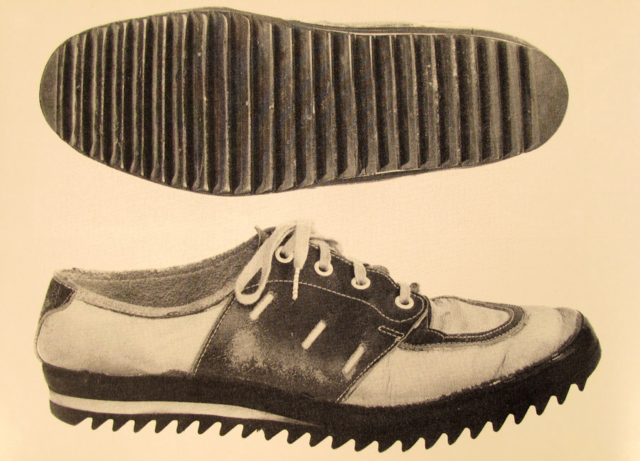
Unlike its competitors, the brand offered sneakers that differed not only in length, but also in width, which became an absolute novelty for that time.
"We make shoes for everyone" - this phrase became the main advertising slogan of the company. In addition, the new running shoes had a corrugated sole. This is the only model New Balance, received the name. In the future, all the brand shoes will have only the number, so as not to distract the buyer from the point.
Despite the fact that the novelty managed to win the interest of consumers, mostly orders came from local secondary schools and colleges and were sent to customers by mail.
The brand was still local. This situation suited Kidd, and right up until the arrival of the new leadership New Balance worked with a permanent client base.
New Management New Balance
A graduate of Middlebury College, James Davis, was 28 when he acquired New Balance in 1972. The young entrepreneur studied biology and chemistry, but he always dreamed of owning a business. A common friend brought him with Paul Kidd, who by that time wanted to retire and sell the company.
After the talks, Davis conducted his own investigation and found out that many admired the quality of New Balance products. However, the company had no advertising, except word of mouth.
At that time, the brand strictly stood on the position not to attract athletes and not to sponsor teams for the promotion of goods. Management believed that customers should believe in New Balance, based only on the quality of their products.
The company could not go beyond its region. "I was confident that with sales, sales could increase significantly," Davis recalled.
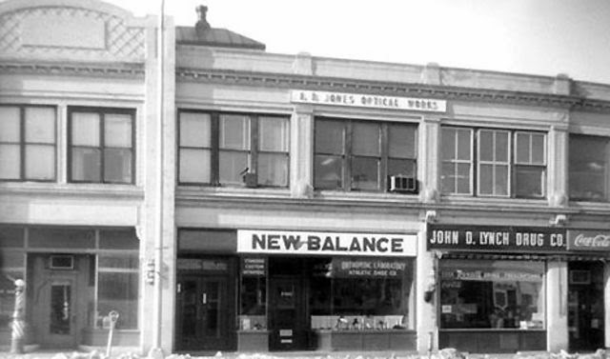
Savings of a young man was not enough, but with the help of a bank loan he managed to collect $ 100 thousand, for which he bought out New Balance. Just as much the company earned annually on sales in the early 1970s.
When Davis came to the company, it only worked five people, who a day produced about 30 pairs of Trackster sneakers. The new head was aimed at a sharp increase in the scale of activity. Therefore, in the first place, he created a network of trade missions.
Davis was lucky - in the 1970s the race ceased to be the lot of only the athletes in serious competitions, he became a leisure and a lifestyle.
In the wake of the popularity of running, several magazines for fans of this sport were opened at once. One of these publications was the magazine Runner's World, published in 1975, its first application, in which he rated sneakers from different manufacturers. In the first issue, New Balance shoes ranked third in the list, which was a very encouraging event for the local brand.
The following year, athlete Tom Fleming won the Boston Marathon, running it in the new model New Balance 320. In the same year, Runner's World magazine recognized these sneakers as the best running shoes. It is this moment that is considered a turning point in the history of the brand - the company has finally achieved national, and then global popularity.
Breakthrough New Balance and world fame
The 320 model was the first to feature the famous N logo developed by Terry Hecker. Not everyone agreed with the new logo, many believed that the shoes would be confused with the manufacturer Nike.
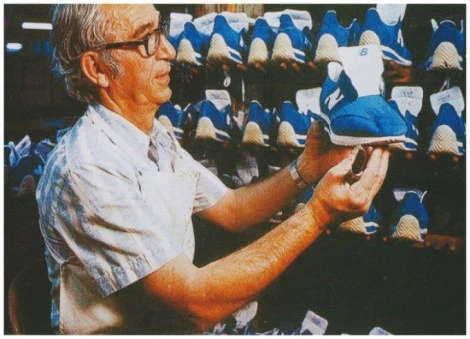
Heckler did not mind. Perhaps this was his idea. Among the innovations of the 320 model, experts also noted a high backdrop, fixing the foot, and the replacement of the leather language is not nylon.
The popularity of the model was so high that the phone, which received new orders, did not stop ringing at the main office of the company. The management even began to fear that they would not have enough goods.
For advertising, the company New Balance decided not to attract sports people of a young age. The marketing campaign was built on the older generation. So the brand claimed that their shoes are not only for young and active, but for everyone.
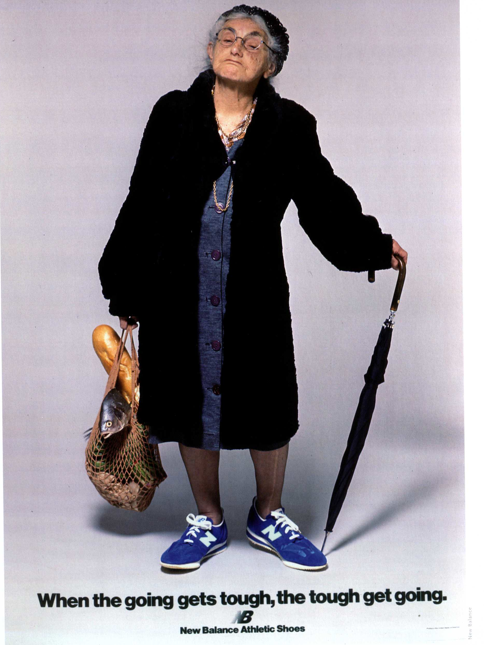
Gradually, Davis realized that he was selling a very popular product. This was confirmed by annual reports. If in 1973 sales amounted to about $ 221.5 thousand, then by 1976 they exceeded $ 1 million, and in 1977 they reached $ 4.5 million. Almost 60 years the company went to annual sales of $ 100 thousand, and in the end for a few years increased this amount in dozens of times.
But there was something the company remained true to. First, attention to quality. Despite the increased demand, Davis strictly followed that the highest standards of production were observed. Secondly, the size range - the company continued to produce shoes not only of different lengths, but also of width.
Another feature of the company was the placement of production in the US. All the competitors of the brand chose to move the factories to other countries in order to reduce labor costs. Davis basically for many years left the production in the US. So he could better control the quality of the goods.
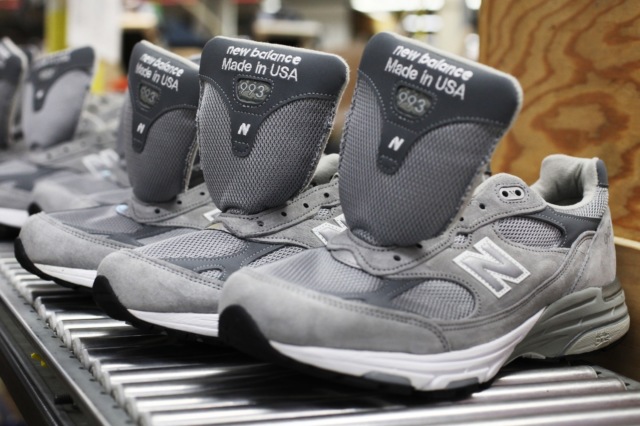
In 1978, New Balance released the first collection of sports wear for running. It included a windbreaker, a T-shirt and shorts (by the way, the company still produces the first model of a windbreaker). The following year, the brand opened the first European plant in Ireland. This marked the beginning of competition between the US or the UK in whose sneakers are better. Later, the company sold a license to produce its products in Japan.
Principles of New Balance
Ten years after the acquisition of the company with an annual sales of $ 100 thousand, New Balance brought in $ 60 million, three years later - $ 85 million. However, by the end of the 1980s, unprecedented financial growth stopped.
The advisers began to insist on the transfer of capacities abroad. The team suggested that Davis not pay his employees $ 10 per hour with the social package, and move production to Asia, where employees can pay $ 1 a day. An example was the company Nike, which due to the transfer of capacity abroad, has achieved that sales "broke" mark of $ 1 billion.
But Davis was adamant and began to invest even more in production in the states of Maine and Massachusetts. As a result, he managed to return the company to a high level. In 1991, New Balance earned $ 100 million, in 1996 - $ 474 million, a year later - $ 550 million.
At the same time, competitors did not go so well, which helped New Balance work even better. Davis tripled the company's advertising budget, still staying away from attracting celebrities.
Only once in the mid-1980s the company still decided to sign a contract with the Los Angeles Lakers basketball player James Worfi. The athlete was to become the face model of the P740 sneaker for $ 1 million.
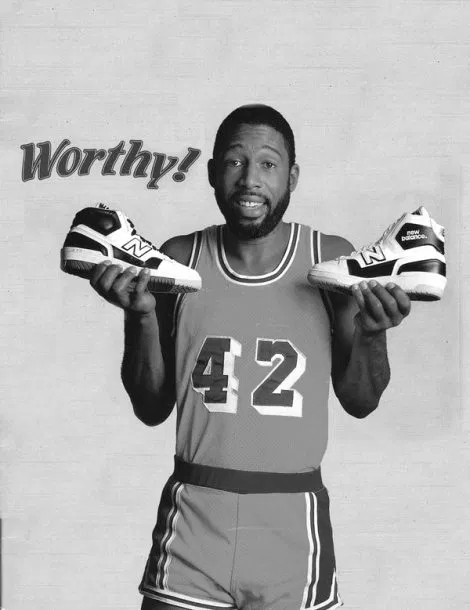
Cooperation suited both sides, until in 1990 the athlete was not seen with a prostitute. Image Worfi could spoil the image of the company, so New Balance broke the contract with the athlete and tried to avoid any contacts with celebrities.
New Balance Achievements
At five factories owned by the company, footwear was produced for running, walking, tennis, basketball and hiking shoes. This gave the brand the opportunity to be represented at various entertainment events in the 1990s.
Also Davis has set before his team the task to shorten the time to develop a new model of sneakers from one year to four months. For three years, this goal was achieved.
In 1996, New Balance was among the world's top five shoes manufacturers and the top five in the domestic market. Davis gave the team a new challenge - to earn $ 1 billion.
In order to achieve its goal, in the advertising campaign of the brand in 1998, a record $ 13 million was allocated, whereas a year earlier this amount was $ 4 million. In the same year, the company acquired the Dunham brand, including the production of boots for hunting, fishing and forest walks .
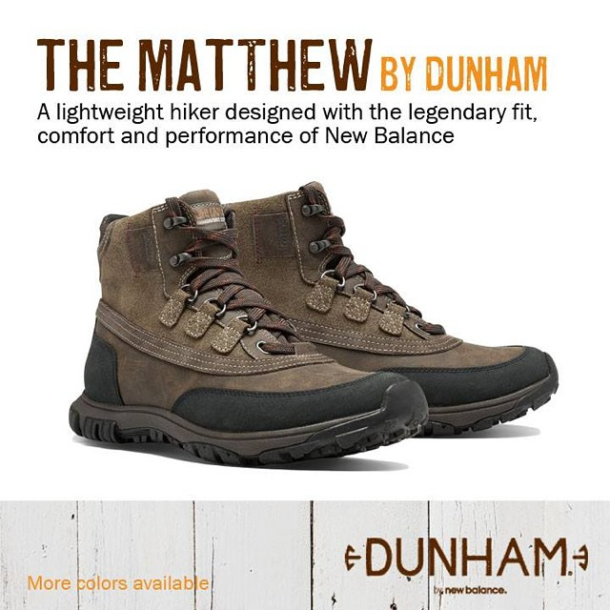
When other manufacturers of sports shoes began to lose money, only New Balance and Adidas remained in profit. However, the company still had difficult times. The union of labor, industrial and textile workers accused the brand of using Chinese workers who worked in terrible conditions.
The representative of New Balance denied the charges, adding that 70% of production is stored in the US, but the company has contracts for subcontracting in China, Korea and Vietnam. The products produced there went on sale at the local level and in some other countries.
The company New Balance managed to maintain its reputation and take the fourth position in the list of leaders in the production of sports shoes. In addition, in 1999, the brand launched a marketing campaign in support of its children's line of athletic shoes Nickelodeon.
Even in the 21st century, the company does not turn off its course. She still refuses to pay stars for the advertising of the goods, preferring to make the main bet on the quality and design of the products.
Also, the brand continues to position itself as footwear for all. Despite the high competition, it works - by 2013 New Balance took the third position among the world manufacturers of sports shoes, having won 11% of the market. In 2004, the company's profit amounted to almost $ 1.3 billion.
James Davis still runs the company. And up to now about 70% of New Balance products are produced in the USA. In 2015, the company entered the world football market, first releasing shoes. To date, New Balance owns brands such as Brine, Aravon, Dunham, PF Flyers and Warrior Sports. Annual sales of the company in 2015 amounted to $ 3.7 billion.
And although the company does not pay celebrities for advertising, many famous people wear New Balance sneakers, that is, they promote them for free.
really nice article! but do not forget to cite your sources and credit your images
Thank you! I'm making my first steps on making such articles. I'll improve text design :)
Congratulations @sshkrv! You have completed some achievement on Steemit and have been rewarded with new badge(s) :
Click on any badge to view your own Board of Honor on SteemitBoard.
For more information about SteemitBoard, click here
If you no longer want to receive notifications, reply to this comment with the word
STOP